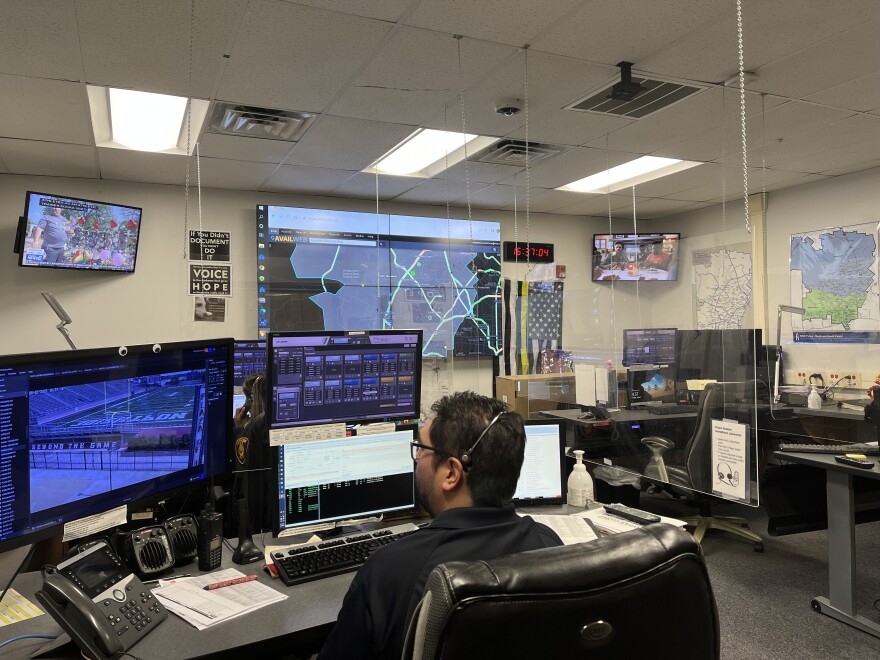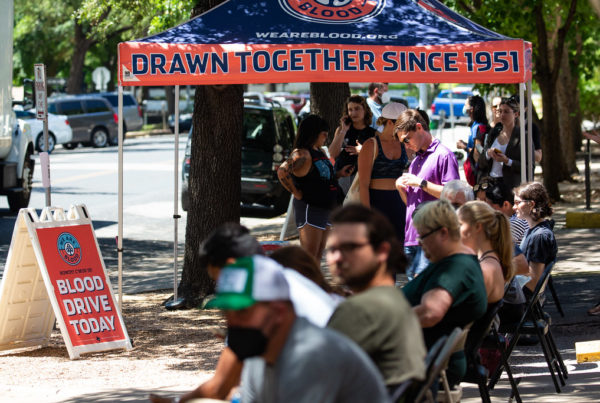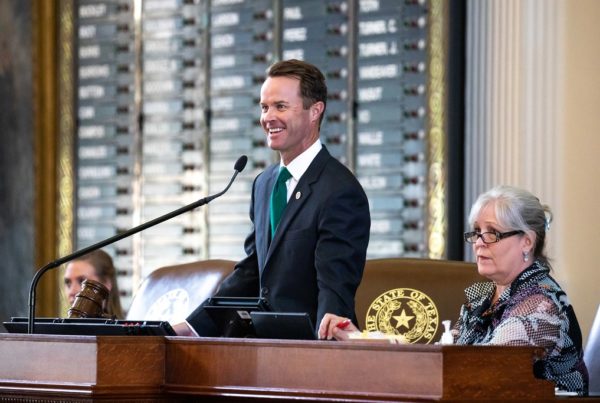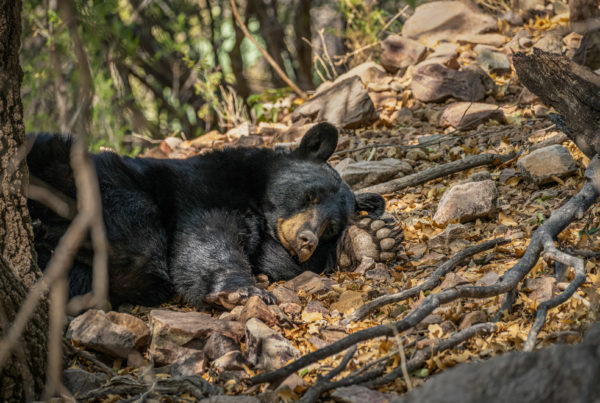From Texas Public Radio:
Ten days after the shooting that killed 19 children and two teachers, a grandmother from San Antonio was at Memorial Park in Uvalde with her grandson. Thinking back to that day’s tragic events, Elza Yebra said law enforcement officers failed at Robb Elementary.
“Fear, cowardice, whatever you want to call it, held them back from daring to go in there. Any parent — any parent — would have dared to break barriers (and) go in against any officers’ word to save the children. I felt that as a society we let our children down.”
Yebra stopped at the park on the way back to San Antonio after picking up her grandson in Carrizo Springs. Her nieces live in Uvalde. She said there’s no excuse for how long it took for law enforcement to break into the classroom.
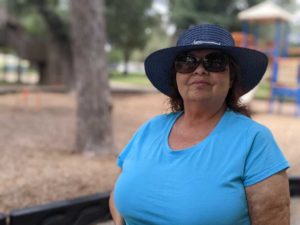
San Antonian Elza Yebra stopped at Memorial Park in Uvalde with her grandson 10 days after the mass shooting at Robb Elementary. Her nieces live in Uvalde.
Bri Kirkham / Texas Public Radio
“Miscommunication, misinformation, however. It took way too long to respond. Too long. And that is so tragic and so senseless,” Yebra said.
There’s still a lot of unanswered questions about what happened during the mass shooting in Uvalde. But one thing is clear: the long wait to confront the gunman is not what officers are trained to do — whether they’re big city police departments or small-town sheriffs.
The Uvalde school district police force hosted an active shooter training in March. So, what should have happened? What is law enforcement trained to do when there’s a shooter in a school?
The ALERRT Center in San Marcos is the premier active shooter training center in the country.
Director Peter Blair said his center has trained at least half of the law enforcement agencies in the country, with the help of a train-the-trainer model and more than 100 simulation kits the center ships across the country
“More than 10,000 police agencies have had at least somebody from that agency go through our training,” Blair said.
The ALERRT Center home base at Texas State University has a warehouse full of the mobile kits, multiple shooting ranges and setups to practice scenarios and drills, including a building with multiple floors and entrances.
“It’s got a downstairs; it’s kind of set up to look more like school, and then an upstairs,” Blair said. “It’s set up to look more like an office.”
The grounds also have a wall of doors for advanced training on breaching doors. Blair said that training is primarily for SWAT officers. But the main premise of ALERRT’s training taught to everyone is two-fold: first stop the killing. Then stop the dying.
“The primary task of law enforcement officers at that time is to contact that attacker, distract them, isolate them and neutralize them,” Blair said, “Even if you’re by yourself, because you don’t know how long the next person is going to take.”
Blair said the best way to know there’s an active shooter is by hearing gunshots.
“In general, when you’ve contacted the attacker, and you’ve dealt with the attacker, you’ve stopped the killing,” Blair said. “The other thing that happens sometimes is scenes can go quiet because an attacker can hit and then they can leave.”
According to Texas Department of Public Safety Director Steve McCraw, the incident commander in Uvalde decided to wait to breach the classroom and confront the gunman because he thought the situation had changed from an active shooter to a “barricaded subject.”
However, at least one law enforcement agency knew children were still at risk. McCraw said multiple children called 911 for help while 19 officers waited in the hallway outside the classroom for more than an hour.
The ALERRT Center normally trains multiple local agencies at once, because it’s all-hands-on-deck when there’s an active shooter. And communication across agencies is key.
“Technically, the first person on scene is the incident commander until they transfer command to somebody else,” Blair said. “Command gets exchanged several times when it’s done well.”
Blair said there’s no universal protocol for who should be in command of the law enforcement response — In Uvalde, state officials said the chief of the school district’s small police force was in command. However, Blair said command is generally transferred based on seniority and training.
In general, Blair said, “It’s to a person who has the skill set to (take command), and also has the knowledge from being on scene about what’s happening.”
But, in San Antonio, the school district and city police departments said the city police would take command when they arrived on scene.
“If we wait people lose their life, and so first officer on the scene is required to go in. It’s not ‘maybe’. It’s not ‘if.’ First officer is required. And then every officer thereafter,” said San Antonio Police Department Chief William McManus on May 31 during a training for SAPD SWAT officers.
San Antonio’s Northside Independent School District has more than 100,000 students, so its police force is big for a school district. Northside has more than 90 officers; Uvalde’s school police department has six.
Northside Police Chief Charlie Carnes said he would still cede control.
“We have a large police department, but we’re not as large — our pockets don’t run as deep — as a big metropolitan city (department) such as SAPD,” Carnes said.
Carnes said his officers are trained to interact with kids. They’ve participated in active shooter drills, but they’re not SWAT officers.
“A larger department can get pretty focused in on a specialized unit. Maybe that officer may not know how to do many things, but the things that they do they know very, very well,” Carnes said. “Our officers are very generalized.”
If a shooter were to attack a Northside school, one of the ISD’s officers would likely be the first on scene. Carnes said their duty is to confront the gunman and stop the killing right away.
“Who we protect is God’s most precious gift,” Carnes said.
That’s the kind of bravery San Antonian Elza Yebra said she expects from law enforcement.
“That’s what the police are there for: to sacrifice. To put their lives on the line,” Yebra said.
“We take that serious. It’s serious business. We need all the help that we can get to get that accomplished,” Carnes added.
It’s serious because mass shootings keep happening here — both in Texas and across the country. Every second counts because semi-automatic weapons and high capacity magazines are so efficiently lethal.
Texas Public Radio’s Joey Palacios contributed to this report.


